|
Dr. Hu of East Stroudsburg University is teaching Geographic Information Systems (GIS) during session one here at the Field Station. His students participated in the course online for the first two weeks and had the opportunity to visit the Field Station for some hands on experience for the third week of the session.
Taylor, a senior, reflects on the course: "During our GIS course we learned and experimented with different surveying techniques. We learned how to use different surveying equipment like the total station mirror prism, the spinning spectrum, and different GPS units. Our class went to Greenbackville to use these methods to survey the land. We took our collected field data back to our laboratory and used it to make a map of the area. In the photo we are assembling the spinning spectrum to begin our data collection."
0 Comments
This week we’re taking a look at another one of our Session IV college courses! Marine Ecology, taught by Dr. Clay Corbin of Bloomsburg University, focuses on the relationships between organisms and their coastal and aquatic environments. At the Field Station, students learn about basic ecological principles, but they also get to explore the different coastal environments of a barrier island out in the field through quantitative and qualitative observation and ecological experiments. Yesterday, the class had the opportunity to go out on the RV Parker with Captain Tom, where our College Assistant Coordinator Brandylynn Thomas helped the class in two different methods of species sampling: trawling and long-lining. Through these two techniques, students were able to record data on a variety of species. The class also talked about how these species went through evolutionary adaptations in their aquatic environments. Butterfly rays, clear nose skates, horseshoe crabs, as well as Blacktip and Atlantic sharpnose sharks were among the species that were caught. This trip in particular provides students with a unique opportunity to handle some of these larger species. All organisms are identified, measured, and sexed before releasing them back into the ocean. For some of the large sharks, CBFS actually participants in a tagging program through the National Marine Fisheries Service's Cooperative Shark Tagging Program. Through the tagging program, NMFS and NOAA are able to retrieve valuable data on migration and the extent of fish movements. You can learn about the other Session IV classes here: Marine Ichthyology, Marine Geology, and Marine Invertebrates. This is our last session of college classes this summer, so be sure to keep an eye out for next summer’s courses which will open up this winter!
Shelby Schmeltzle, a Kutztown University senior, spent her summer researching the temperature effects on the metabolic rate of marine zooplankton at the Field Station! Here, she talks about the process of researching her project and how she got involved with research through her university. Check it out!
What makes our campus so unique is that we host people of all different ages, and at any moment you can walk into the Education Center and find a group of excited schoolchildren getting ready to take a bus to the Chincoteague Wildlife Refuge, a college class packing up equipment for field study on one of our research vessels, a group of adults getting ready for a kayaking trip, or even grandparents and grandchildren going out crabbing together on Wallops Island. A lot of the time, these groups cross paths, and this morning two very similar groups were both hard at work in the lab at the same time… Marine Invertebrates summer camp was studying organisms this morning with lab activities. They went from looking at micro-organisms such as zooplankton and phytoplankton under microscopes to handling macro-organisms like sea cucumbers and marine worms. After a presentation on different types of invertebrates, they used field guides to identify the organisms sitting around the room. This afternoon, they spent the day on the water, kayaking to take a closer look at some of the ecosystems they've been learning about. Meanwhile, our Marine Invertebrates college course taught by Dr. Tracy Whitford of East Stroudsburg University was also studying inverts in another lab just a few doors down. After a lecture by Dr. Whitford, they had time to focus on identifying the many different organisms they had brought in from the field, including a sea urchin and a ghost crab! They used special camera equipment to take pictures of the organisms. Check out more information on our college courses here and our 16-18 camps here! Today marks the last day of our Session III college courses, and while we’re sad to see them go, we’re looking forward to welcoming our next group of students to campus! Plus, we still have one more class to recap in Session III, and these students have traveled up and down the coast to explore and compare a variety of different ecosystems. Coastal Environmental Oceanography began with two weeks in the Florida Keys, studying coastal environments down in Florida to eventually compare them to the ecology of our barrier island environment here on the Eastern Shore of Virginia. Dr. Sean Cornell of Shippensburg University led his class in learning about the differences between the nutrient-rich coastal ecosystems of Virginia and the nutrient-poor ecosystems of Florida. Their base camp in Florida was the Florida Keys Marine Lab. After two weeks of field work in Florida’s Everglades, the Florida Bay, the keys, and the barrier coral reefs, the class headed back to Chincoteague to learn about our ecosystems here and compare them to what they experienced first-hand in Florida. This last week of the class was spent both in the field and in the lab, working on final projects. On Thursday, the class spent their last day on the water out in Tom’s Cove trawling for fish in order to catalog the diversity of species in their field journals. They also studied sediment to see what kind of environment these organisms live in. Along with the blue crabs common to this area, many of which had egg sponges attached, the students also caught a butterfly ray, an Atlantic bullnose ray, a seahorse, and many different types of fish. “We went out and we saw an Atlantic stingray, and it had two barbs on the back,” Danielle from Shippensburg University said. “It was awesome!” Students enjoyed the diverse environments that the class offered to them, and getting hands-on field work experience. “It was definitely a very unique experience,” Patrick from Shippensburg University said. “Most classes you only look at one little section, but this class pulls everything together and makes you look at everything in a different light. It was very enjoyable.” Look out for updates on our last session of college classes in the next few weeks including Marine Ecology, Marine Invertebrates, Marine Ichthyology, and Marine Geology.
Students in the Conservation Biology class have spent the past two weeks learning about the ecology and genetics applied to populations of rare and endangered species, and the conservation methods used to support these animals. Last Friday the students had a unique opportunity to meet with managers of both public and private lands to learn about the practical application of conservation biology. The Eastern Shore is an ideal place to study conservation biology because of the intersection of a variety of endangered, invasive, and native species which makes for an often times unbalanced ecosystem which requires human intervention. To learn about the ways that the Chincoteague National Wildlife Refuge works to conserve, the Conservation Biology students took a trip to hear from Kevin Holcomb, a supervisory wildlife biologist at the Refuge who has worked for the U.S. Fish and Wildlife Service for more than 18 years. Dr. Haines of Millersville University, who has been teaching classes at the Field Station for three years, was an intern at the wildlife refuge in 2000 and was able to supplement Kevin Holcomb’s experiences with his own. Holcomb discussed the intricacies of conservation at the refuge, which is one of the top five wildlife refuges in the country in visitation. The lecture, entitled “Refuge Management in a Rapidly Changing Landscape,” discussed what the refuge was working hard to conserve and why. Chincoteague is home to many different plants, insects, birds, and mammals that impact its ecology – aside from the humans that are constantly affecting change in the area. The refuge applies multiple-use management in order to maximize conservation of the environment with things like public use and cultural resources, like the Assateague Lighthouse. Part of this plan includes population control of the animals: for the endangered animals, monitoring their size, and for invasive species, monitoring their growth. An example of invasive species in the area is the sika elk, originally from Asia, which were released onto the island by a Boy Scout troop in the early 1990’s. The refuge allows people to hunt the sika elk in order to stunt their rapidly growing population that is presently infringing on the population of the white-tailed deer. Another example of a species affecting the environment is the southern pine beetle. While this small critter is native to the Eastern Shore, it is not necessarily less harmful than the sika population. These beetles are making their way into trees, causing them to collapse which could be dangerous to other animals and also affects the recreational experience of hikers. After the informative lecture by Kevin Holcomb, Dr. Haines brought his students over to the Assateague Island beach to discuss the Refuge’s future. U.S. Fish & Wildlife Service is currently working on implementing their Comprehensive Conservation Plan (CCP) which will include moving the recreational access, or beach site, a mile and a half down the shoreline. Although this is a conservation measure to prevent the cycle of spending money to renovate the visitor’s center every time a storm hits, it’s taken a while for everyone to get on board. The class talked about different obstacles that the wildlife refuge has in order to successfully maximize conservation, and why it’s critical for the future of the island.
Session III of our college courses began this week, which means for the next three weeks our students’ minds will be on these three subjects: Conservation Biology, Behavioral Ecology, and Coastal Environmental Oceanography. While the Coastal Environmental Oceanography students are down in Florida for the next two weeks, this week we’ll take a look at Behavioral Ecology, taught by Dr. Horton of Millersville University. Behavioral Ecology will focus on the different behaviors animals have adapted over time to reproduce and survive and why they have the specific habits and inclinations that they do. Dr. Horton aims to have 50% of the course outside, where students can really observe and quantify animal behavior in the wild. On Wednesday, Dr. Horton took the students on the marsh trail to observe the birds on Assateague Island. First, they took the vans to Tom’s Cove to observe the bird life there for an hour, carefully watching different species of birds hunt for fish and interact with each other. Afterwards, they drove to the wildlife loop. Here, Dr. Horton played sounds of different bird calls on the trail to see if he could provoke the male birds into thinking there was another male encroaching on their territory, trying to get to the females. Sure enough, the male birds in the area sang their song in response and flew around, trying to chase out the threat to their claim. The students observed these males and determined where each bird had his territory. On a map, they delineated each territory and quantified the number of males and females they saw there. Though it’s only the first few days of class, students are already excited for what’s to come.
“My first impression of the class is that it’s really interesting,” Joshua of Millersville University said. “I’m looking forward to every lecture and every field trip, especially last night when we went onto a beach and observed ghost crab activity.” “I’m here because I wanted to get out of the lab and get some field experience, and down here is the perfect place to do it,” Zack of Lock Haven University said. “I decided to take this class because one of my concentrations is animal behavior and I thought it would be interesting to get some experience watching animals, trying to figure out what they’re doing,” Donald of Millersvile University said. After returning to the Field Station for lunch, the afternoon was spent not in the lab but at the beach, where Dr. Horton lead a class discussion. Sure, 50% of the class is outlined to be in the classroom, but a classroom can be anywhere – even on the beach! Check back with the Bay Blog in the coming weeks to learn more about the other college courses going on this session! This summer CBFS hosted an Intro to GIS course where students learn the basics of ArcGIS and ArcMap software during a two-week online course before arriving on campus for a week of practical application of their knowledge. During the week at the Field Station, the class typically uses a Trimble GPS unit to create profiles of local beaches and coastal areas. Just before the GIS students arrived on campus this year, staff at CBFS learned that part of the marsh at their satellite campus in Greenbackville had caught fire. The GIS class took advantage of this unique opportunity to create a detailed map of the burned area on the Field Station's property. Students and staff found that the burn was perhaps not the worst thing that could have happened to our marsh, since most of the plants that were burned were Phragmities, an invasive species that has taken over many marsh areas on the east coast. For years, CBFS, as well as many other environmental organizations, have been trying to reduce the presence of Phragmities in our marshes to allow other native species to flourish. While Phragmities will likely be one of the first species to regrow, CBFS is beginning to discuss how they will manage the recently burned land. As for the students, they were excited to participate in the effort. Anna Martin, a rising senior at Edinboro University of PA was excited "to be able to apply our newly found knowledge of GIS to a real life scenario, and this situation helped us tremendously, giving all of us some much needed experience." She envisions CBFS being able to use the maps that they created to monitor the regrowth of the marsh, and to assess the health in the future. Photographs contributed by Anna Martin
What faculty did you work with at Kutztown University?
While at CBFS, I took classes with Dr. Cynthia Venn, Dr. Ajoy Kumar, and Dr. Sean Cornell. I did CBFS-based research projects with Dr. Sean Cornell and Dr. Adrienne Oakley. My very active and profoundly supportive adviser was Dr. Adrienne Oakley. What skills or lessons did you learn during your time at CBFS that may have influenced the direction of your career? My experience at the CBFS served as a comprehensive and in-depth introduction to the world of oceanography and field work in general. As a professional, I realize that the ability to have ample exposure to top-notch research vessels, facilities and faculty gave me a considerable advantage when starting out my career in this field. The technical and scientific knowledge that I learned at the field station is something that I use every day! Unequivocally, the field station offered me an invaluable educational experience and crystallized my love for oceanography. Is there a moment that sticks out to you as most memorable from your time at CBFS? I have so many great memories from CBFS. They range from playing in marsh mud and vibracoring in the Wallops jungle to beach picnics hosted by my professors and their families. Although, a moment that sticks out to me is when my class went door to door surveying and discussing opinions on beach management policies with local business owners. It felt so rewarding to take what we learned in our course and apply it to a current affair. |
About
Everything you need to know about CBFS's educational programs, visiting Chincoteague Island, and more! Categories
All
Archives
January 2019
|
CHINCOTEAGUE BAY FIELD STATION | 34001 Mill Dam Road | Wallops Island, VA 23337 | (757) 824-5636 | [email protected]
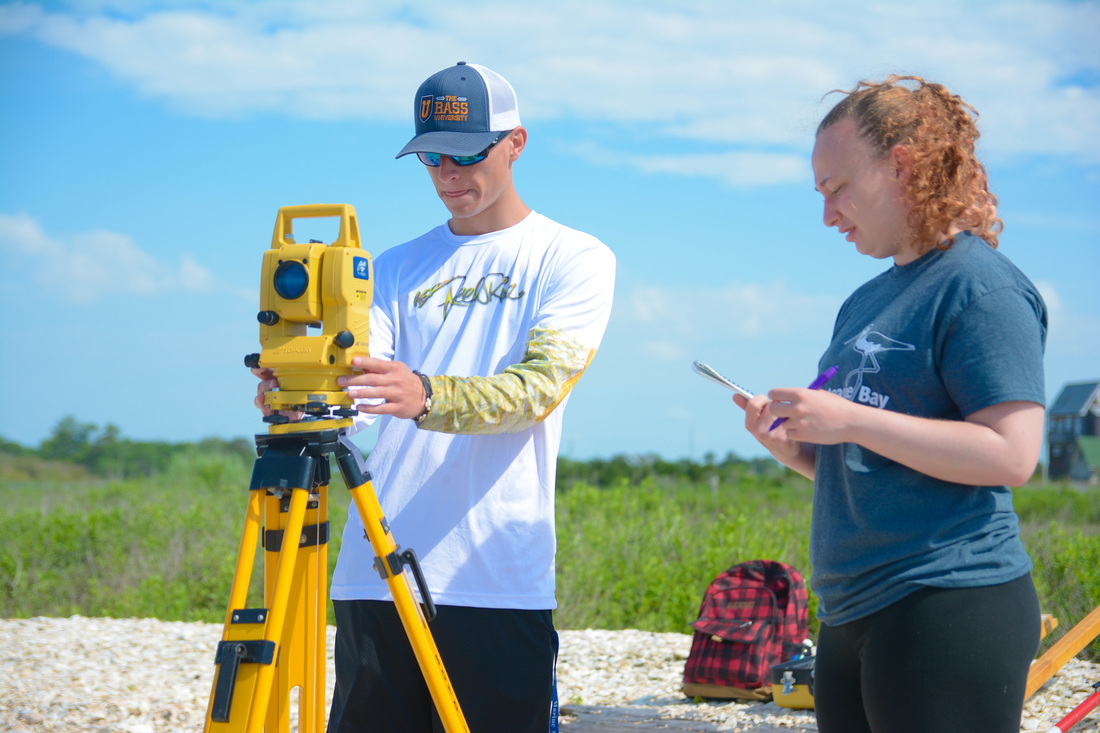
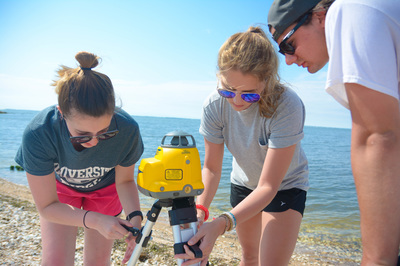
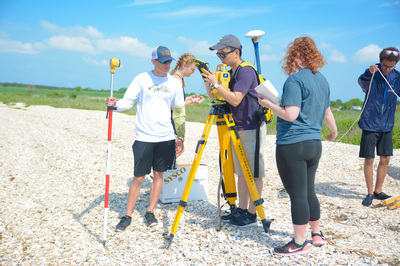
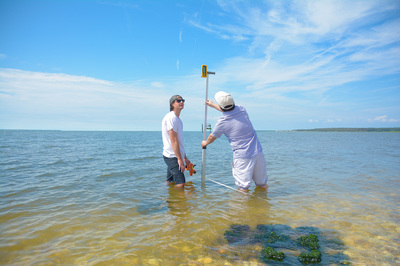
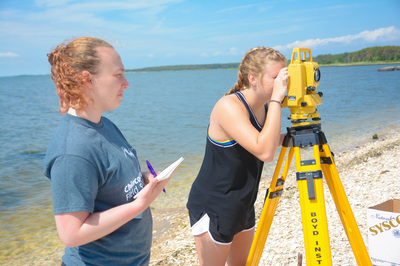
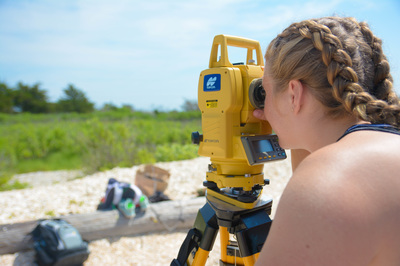
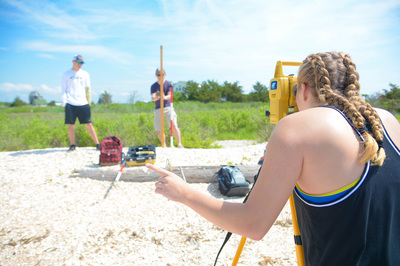
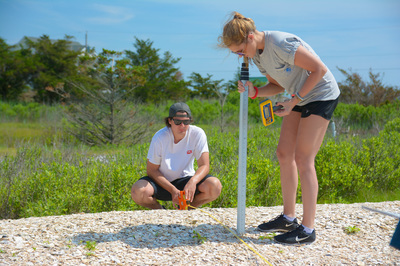
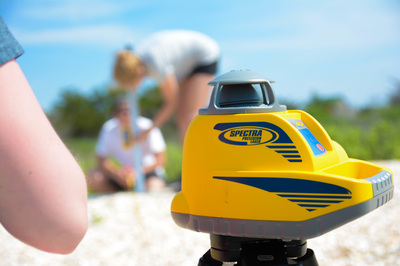
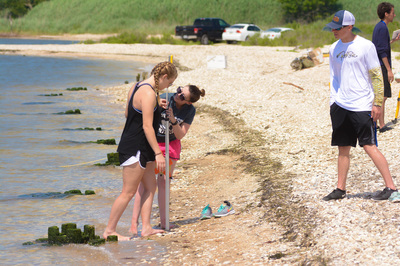
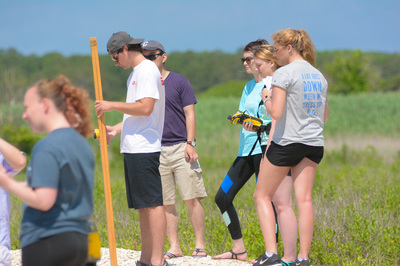
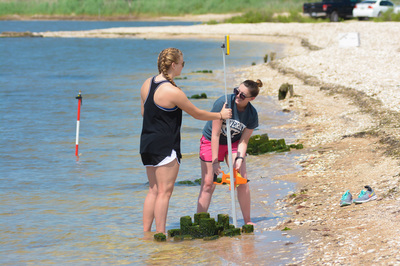


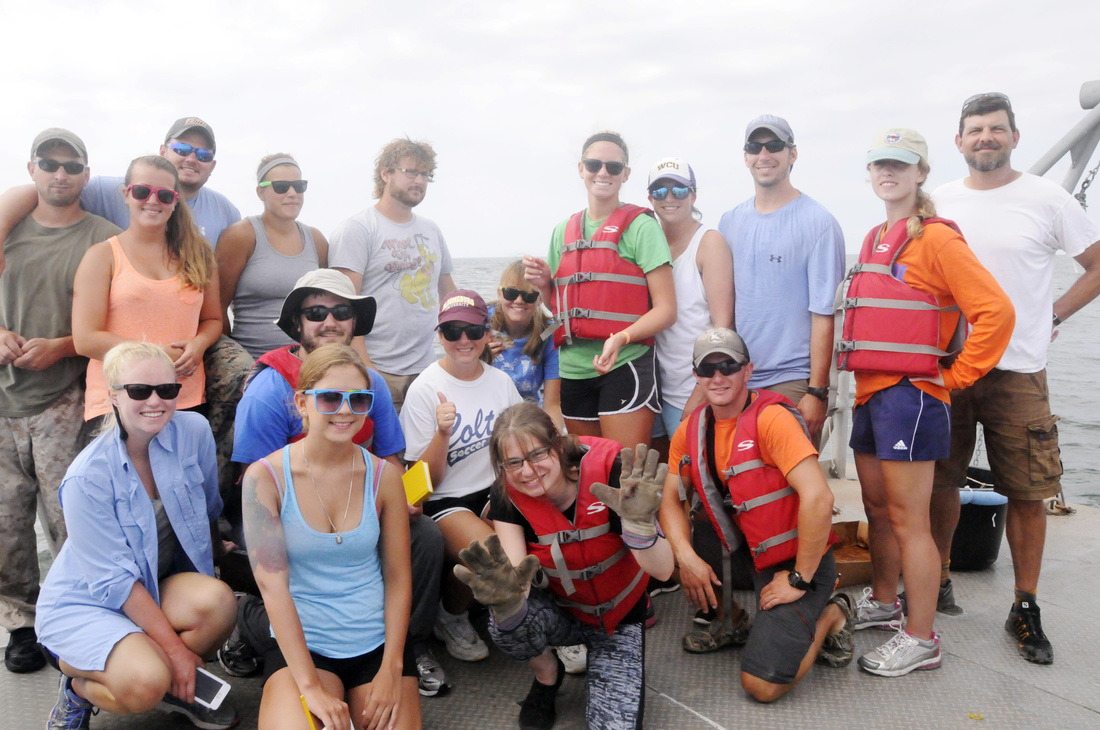
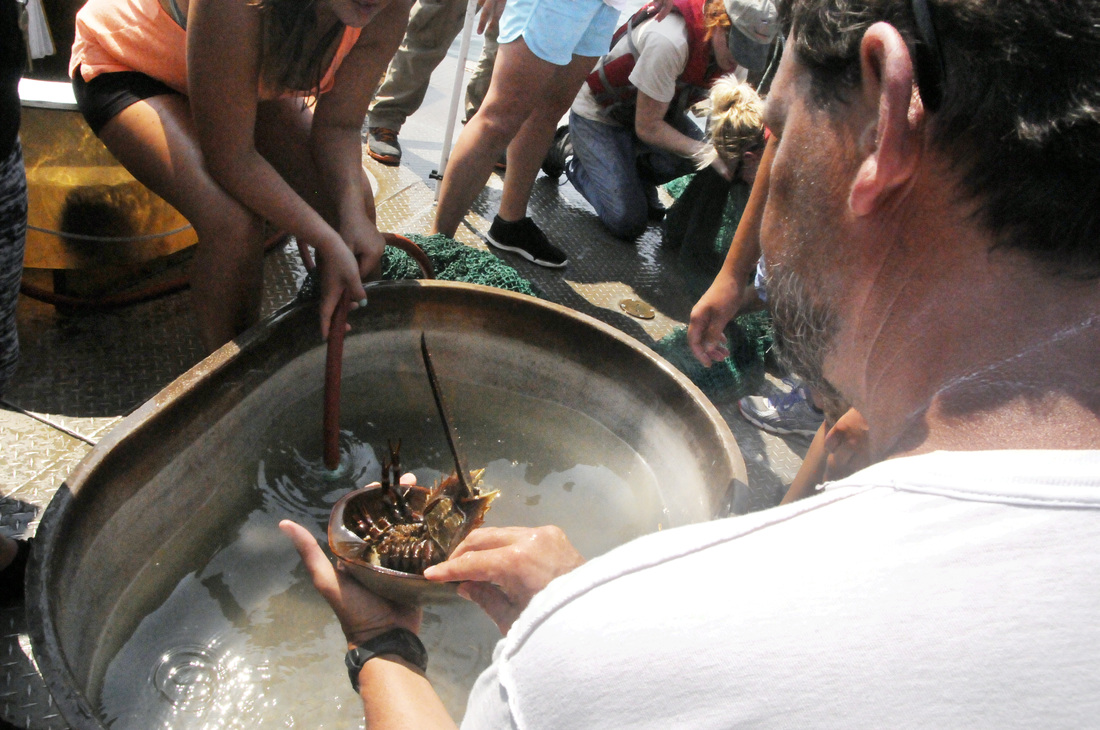
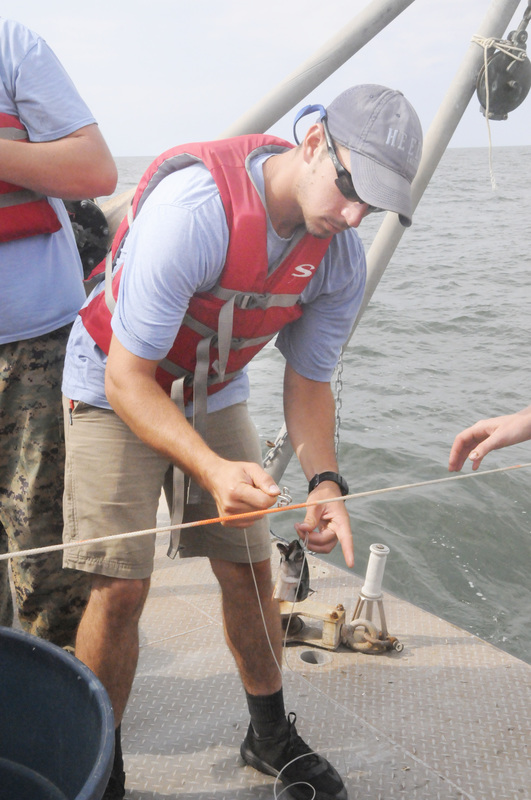
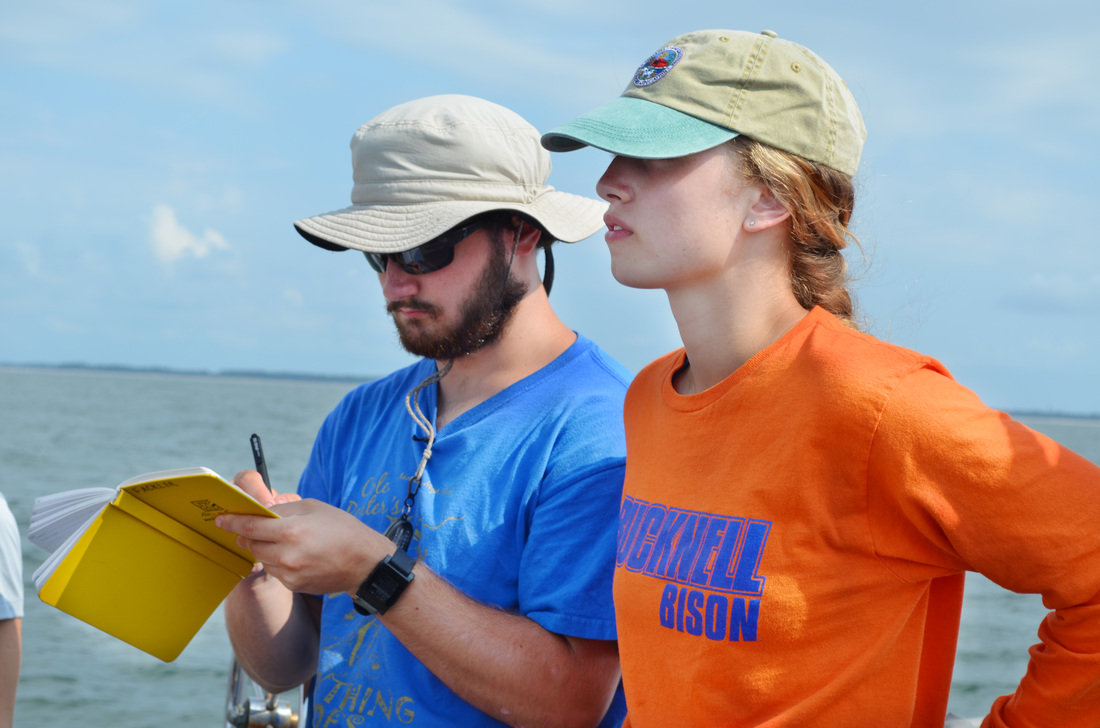
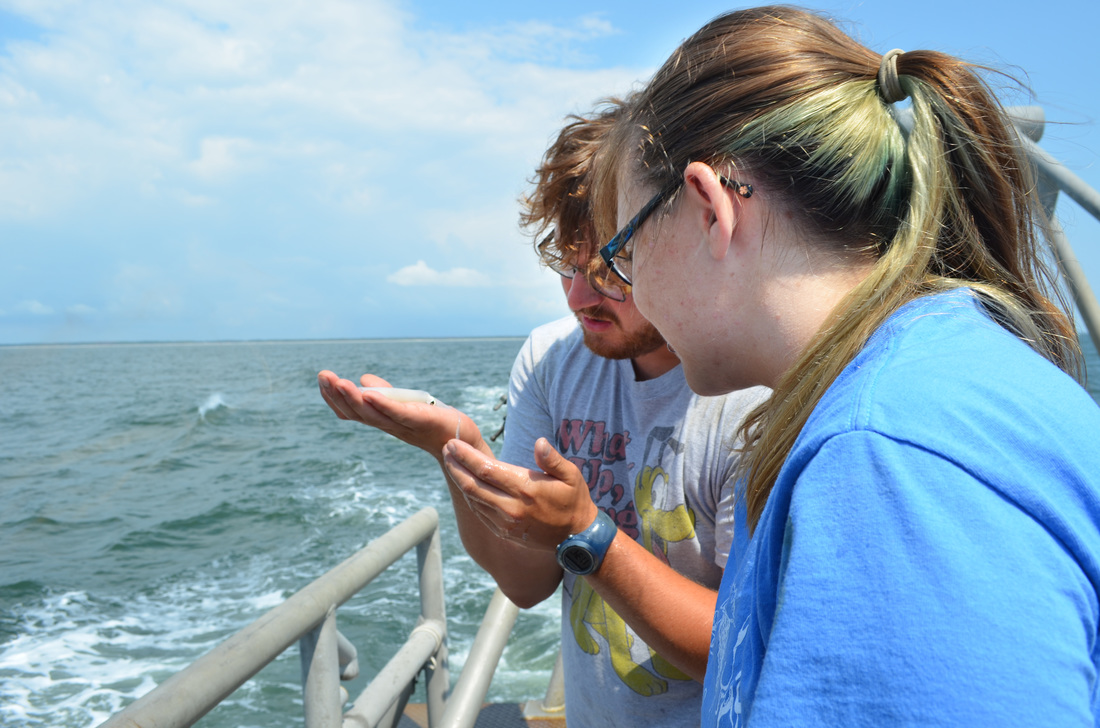
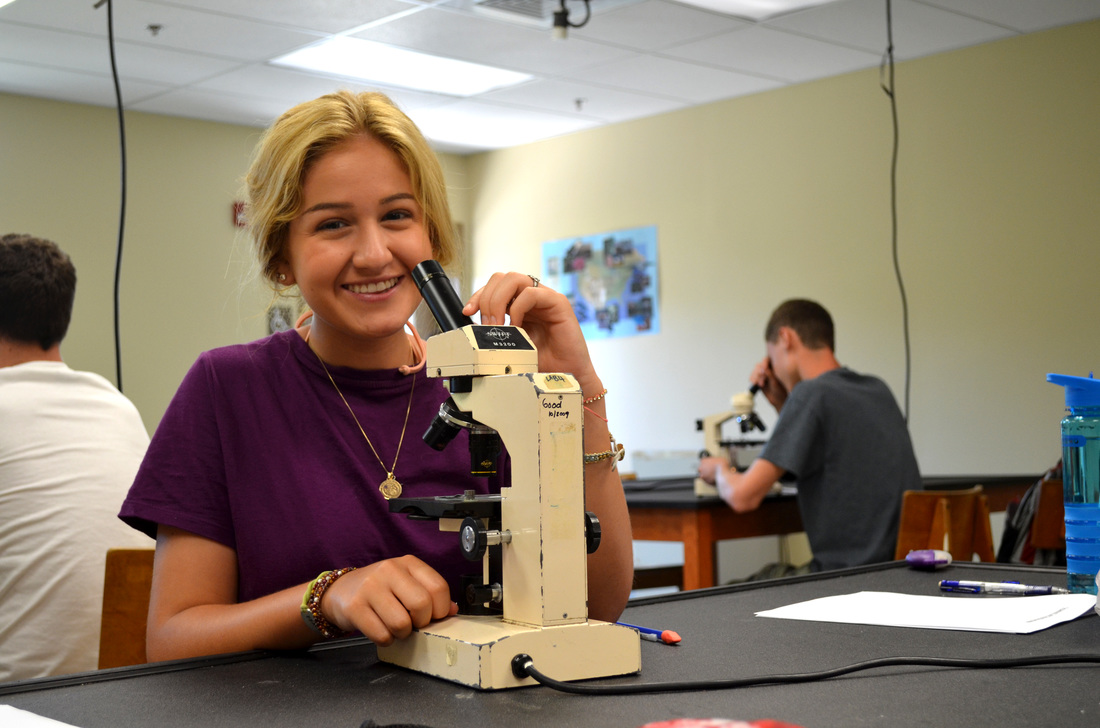
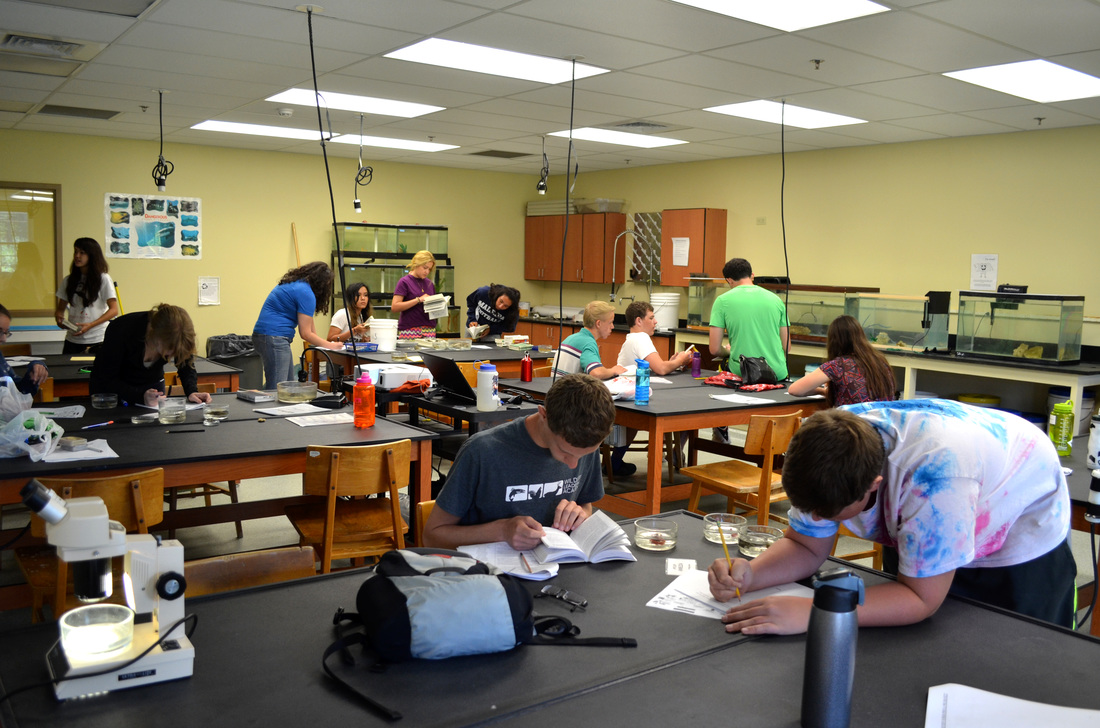
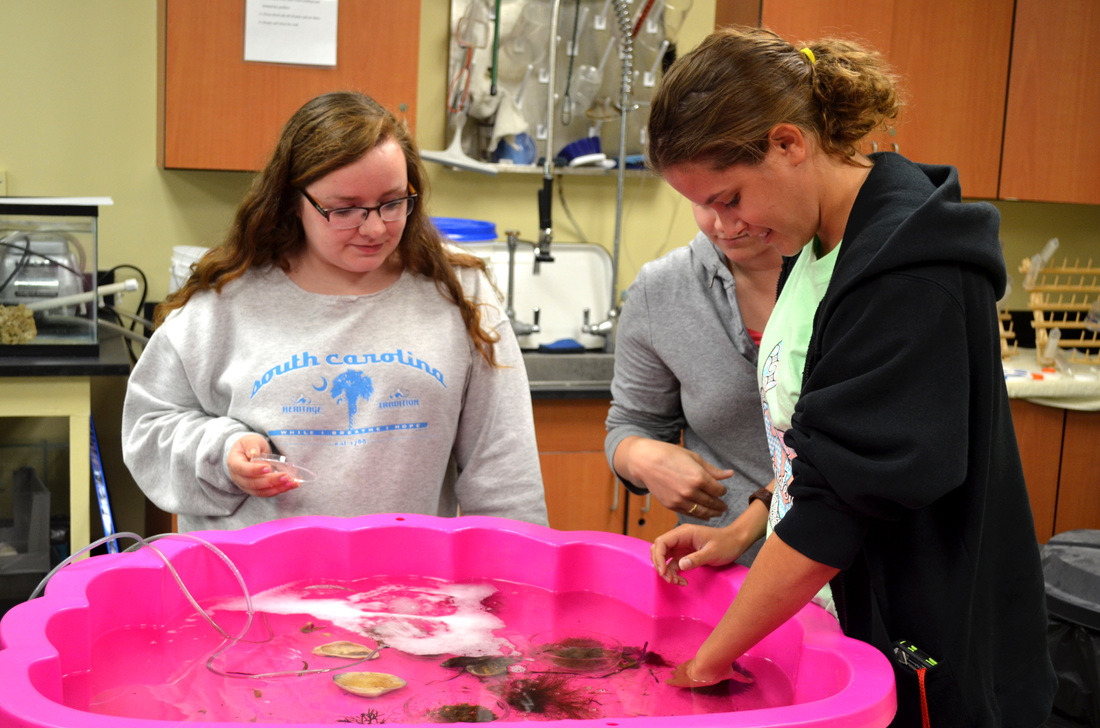
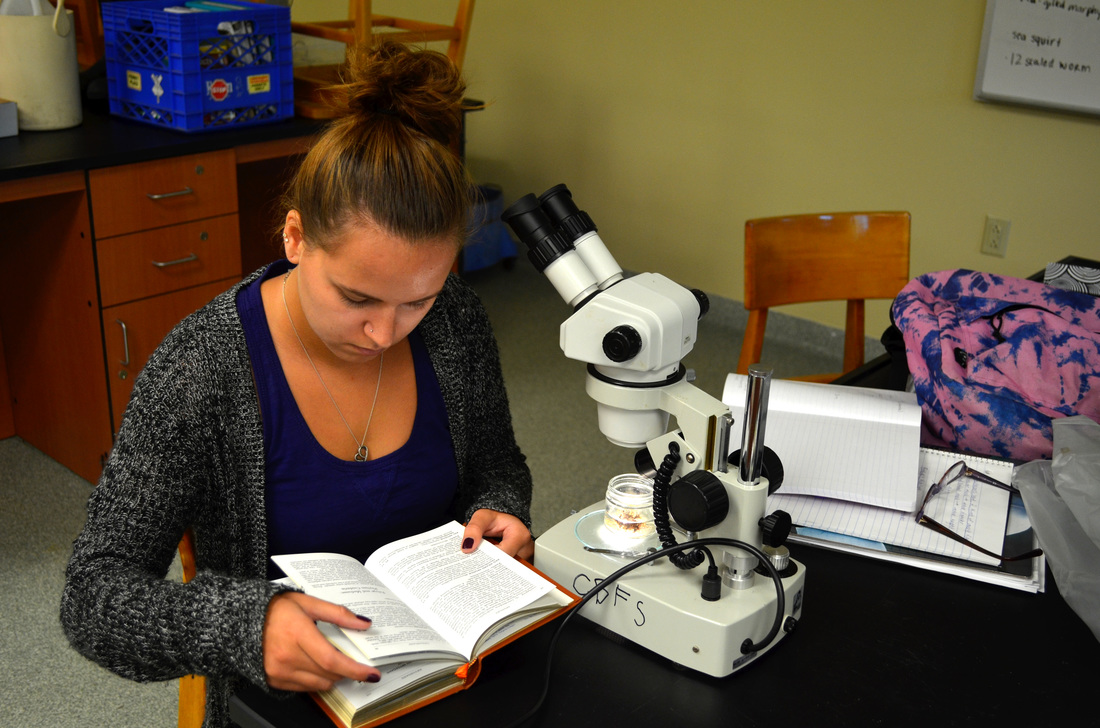
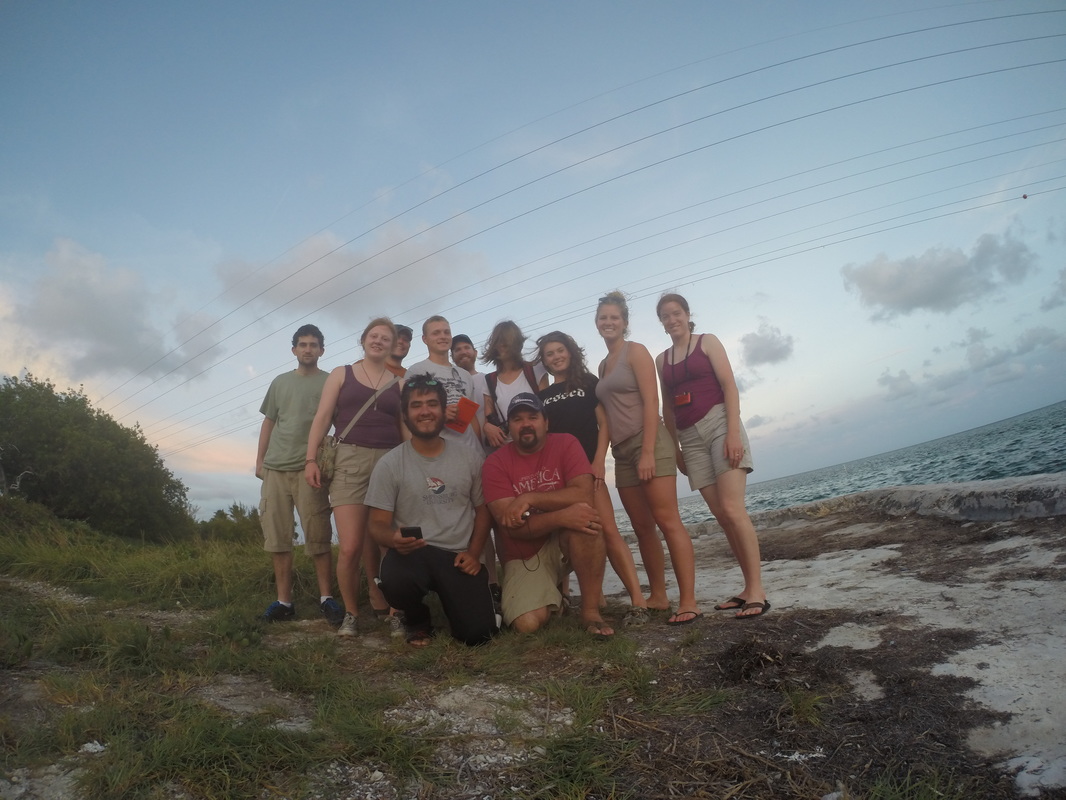
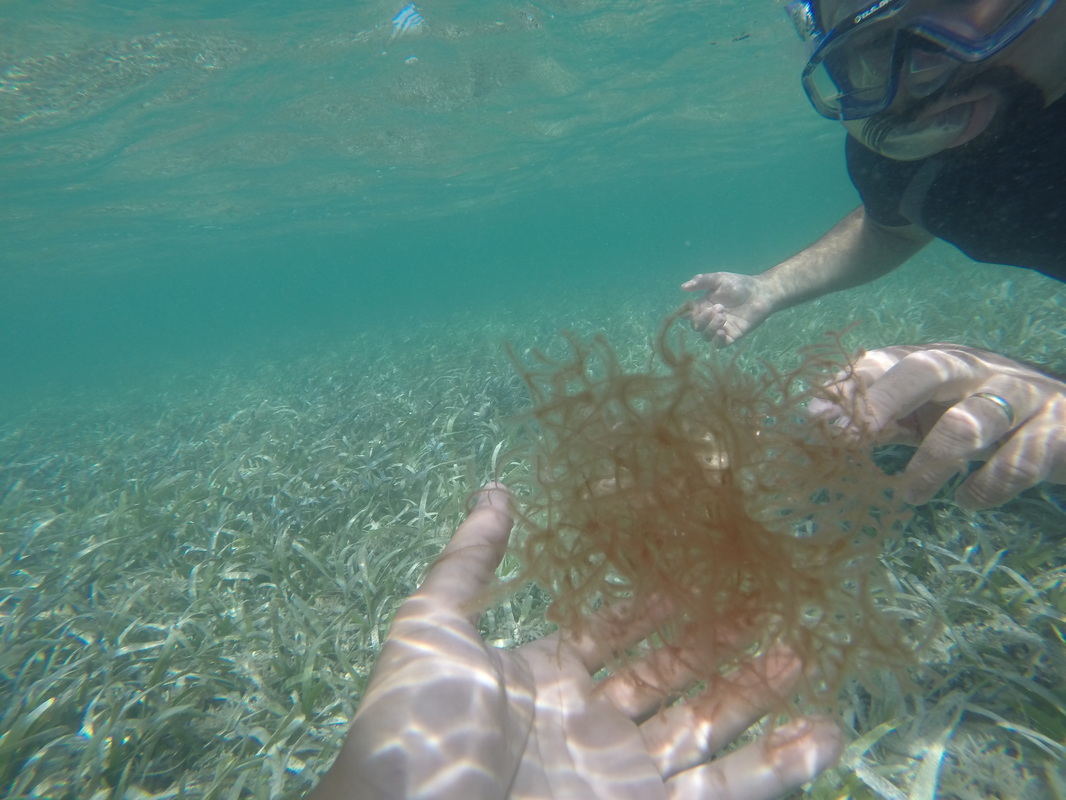
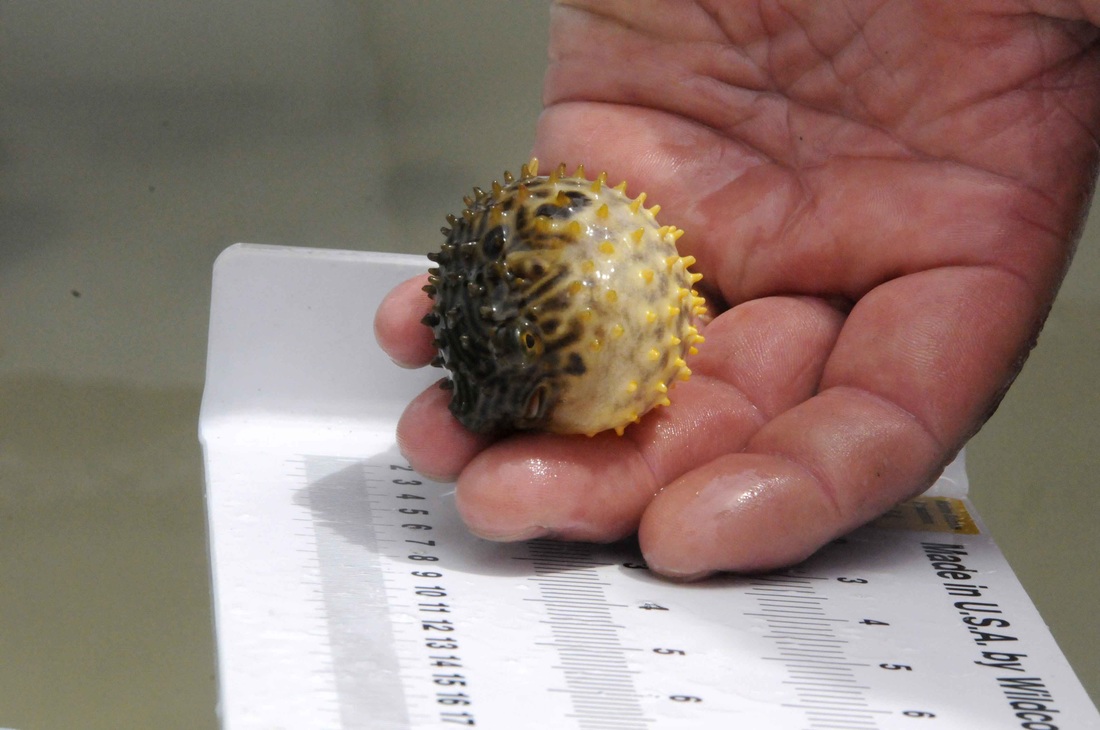
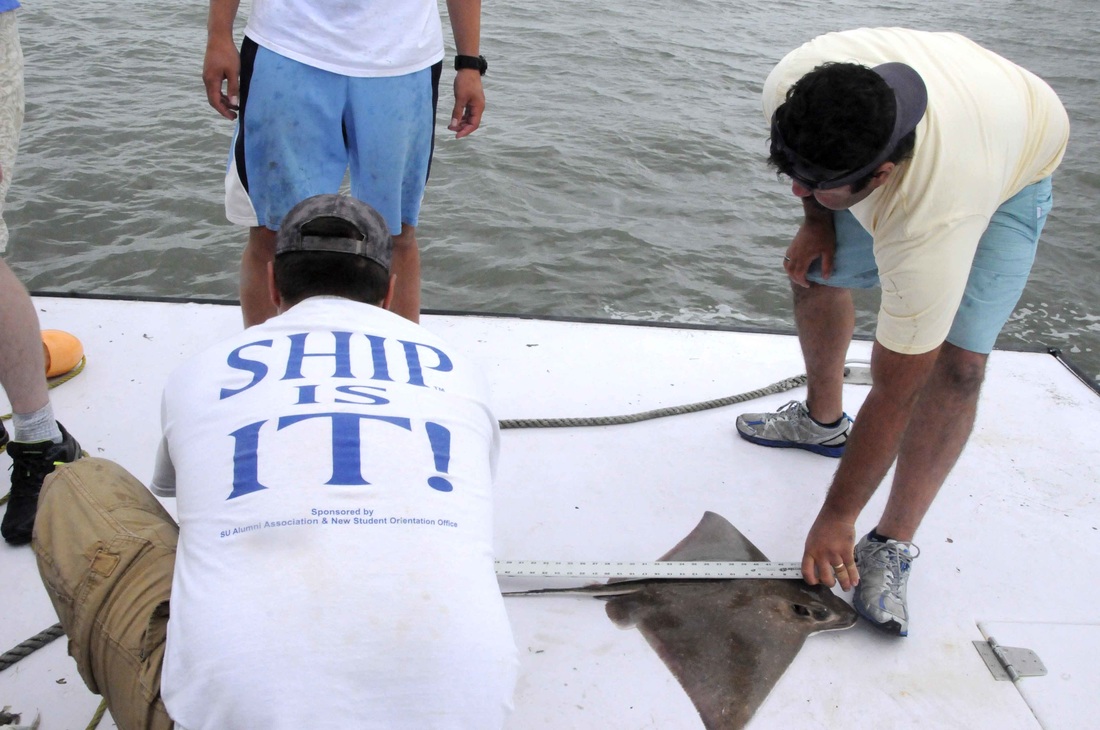
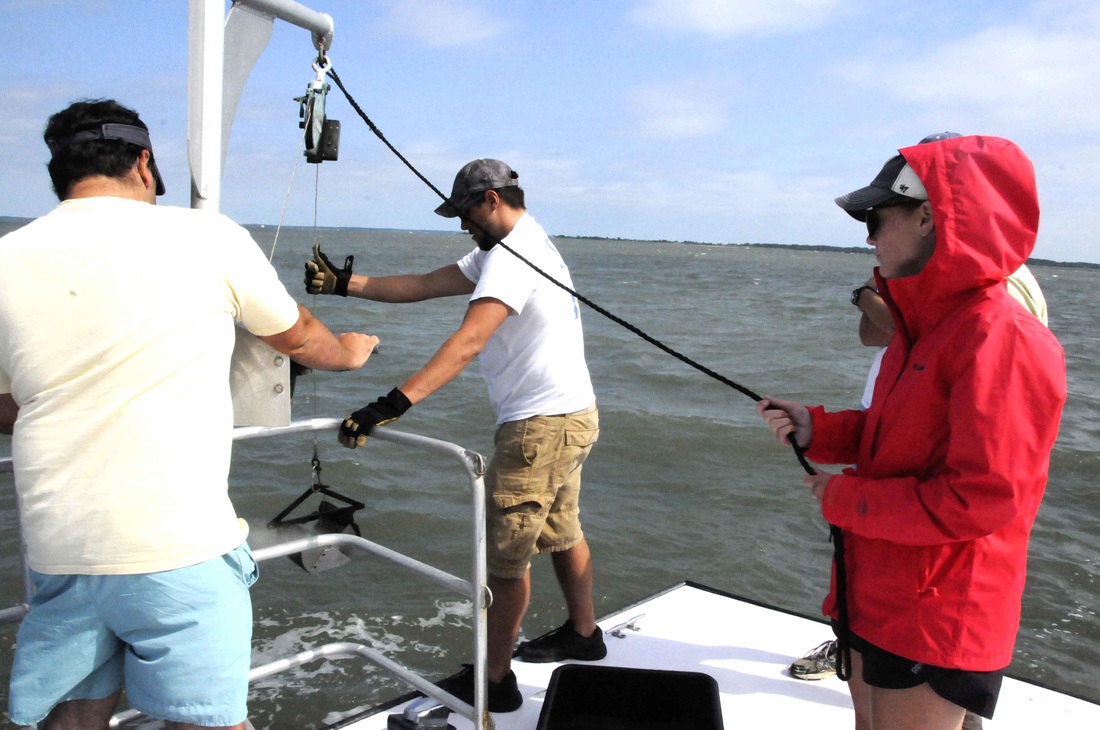
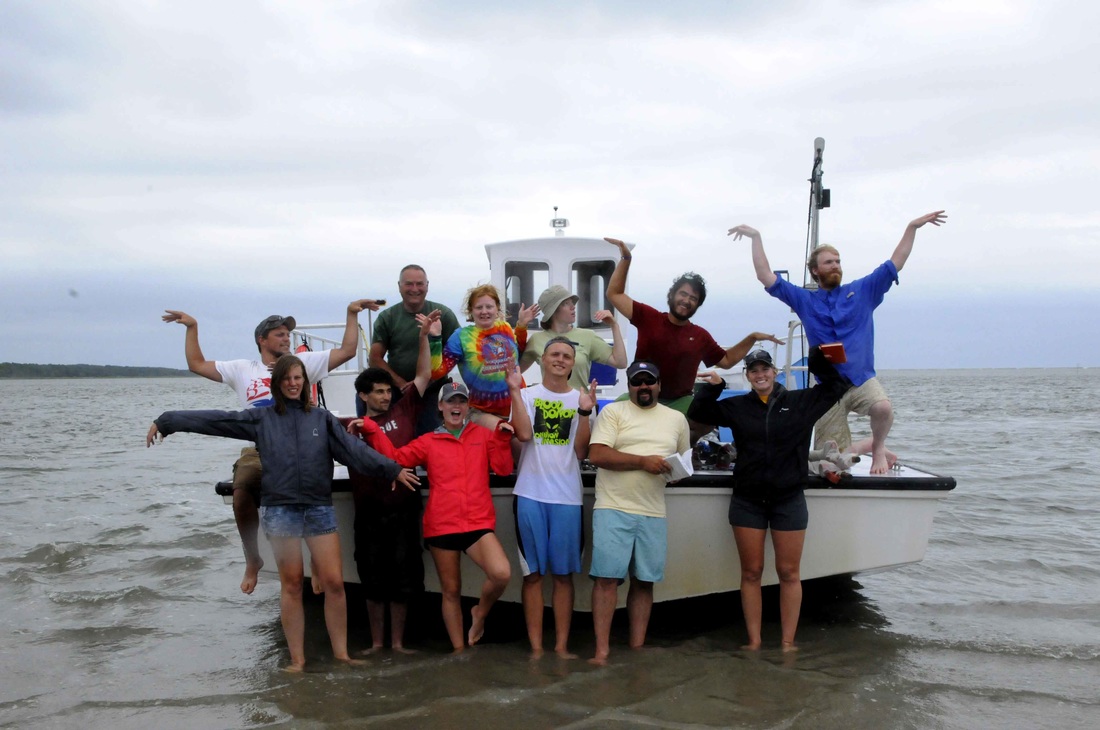
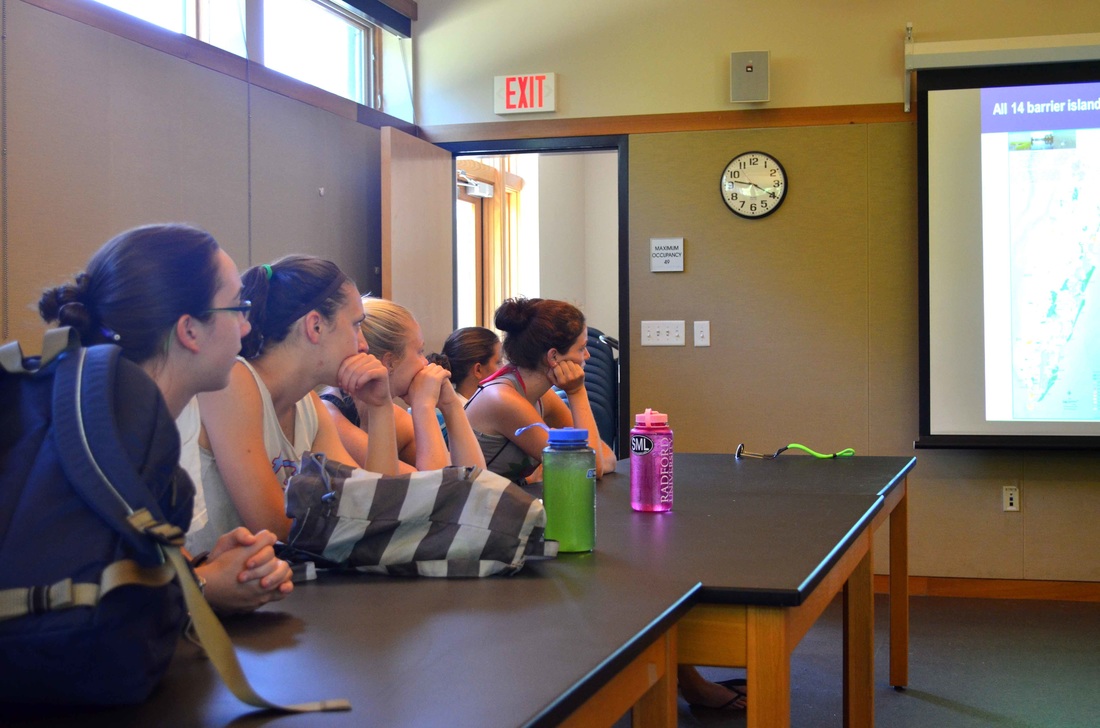
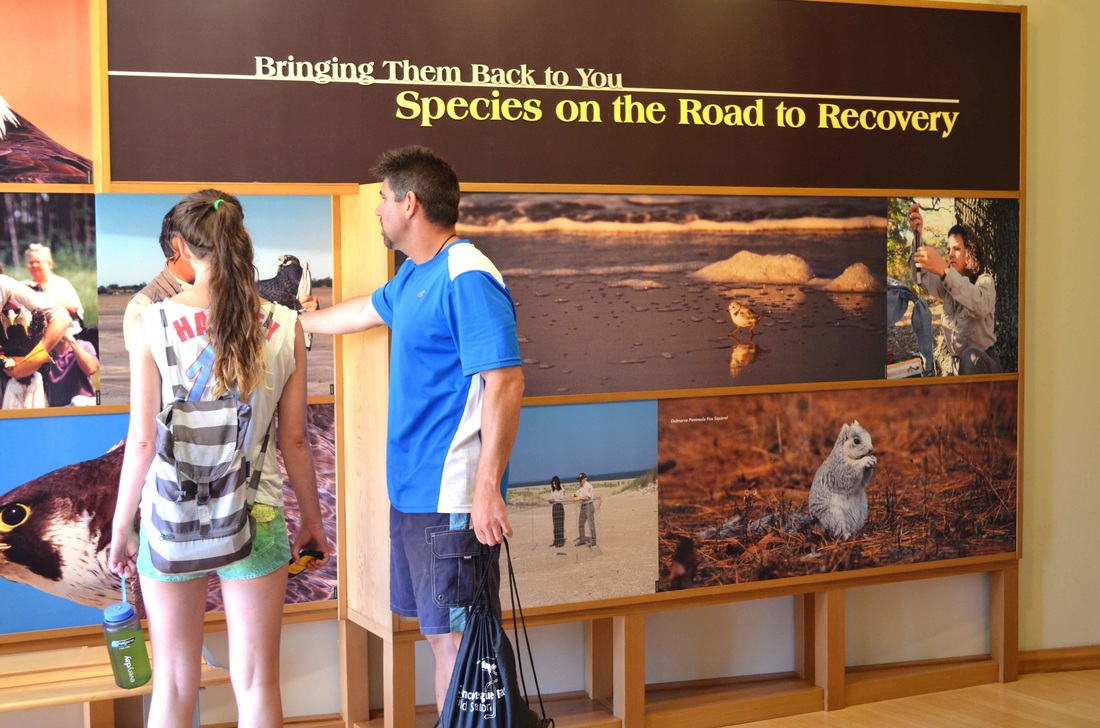
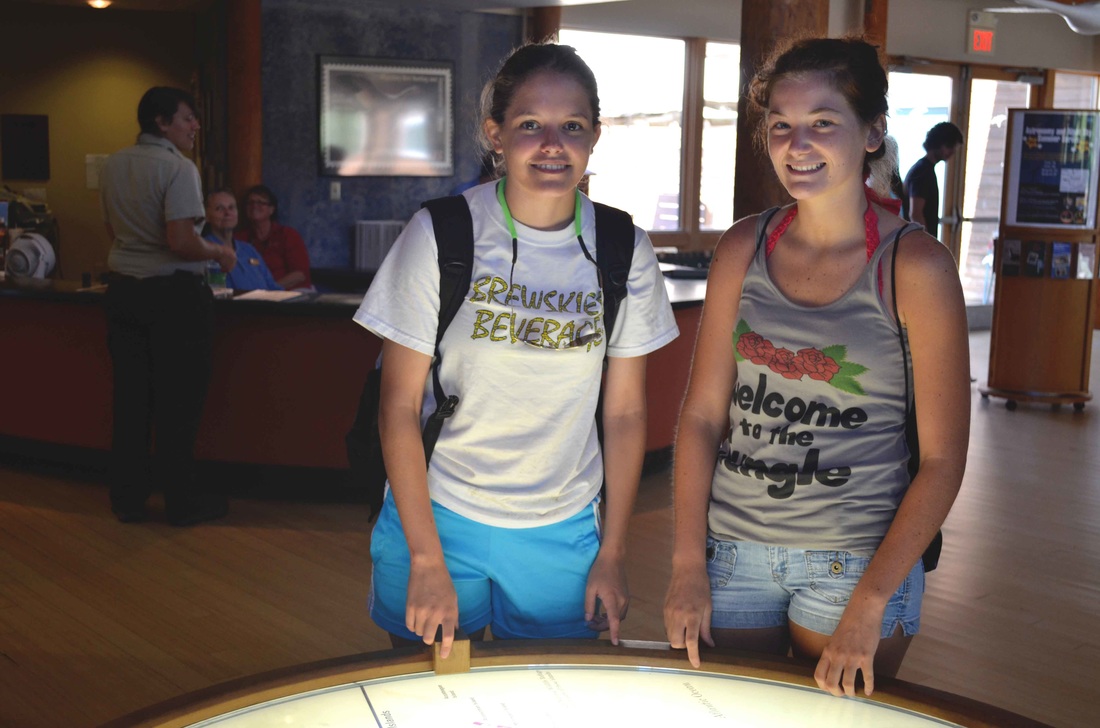
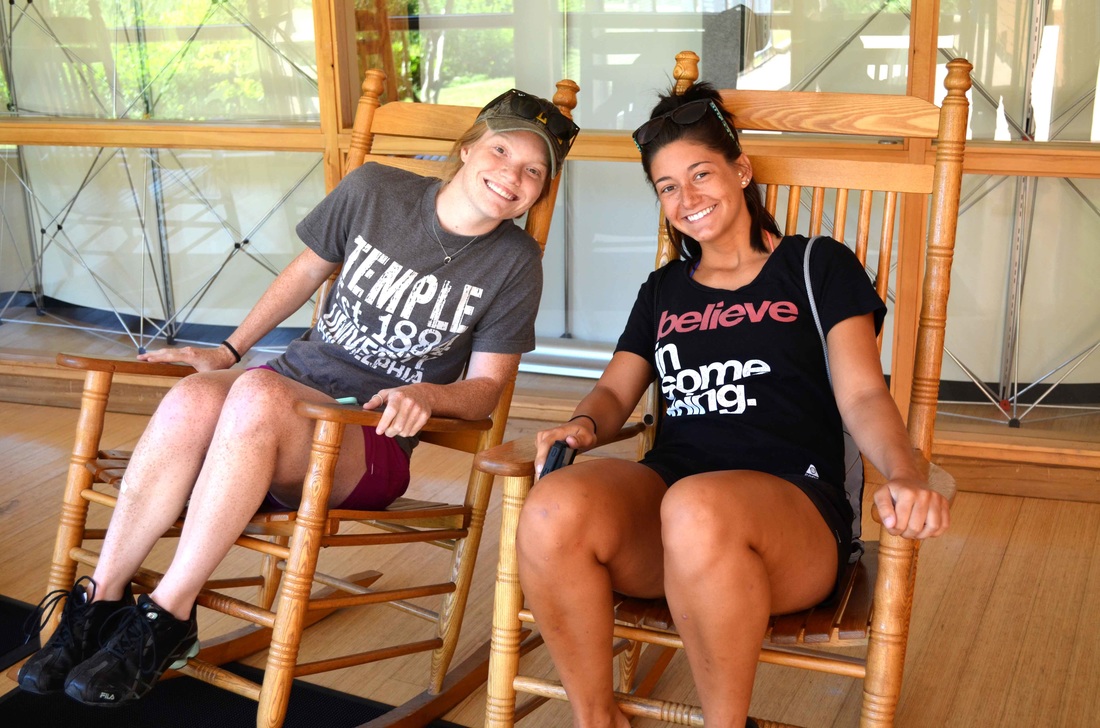
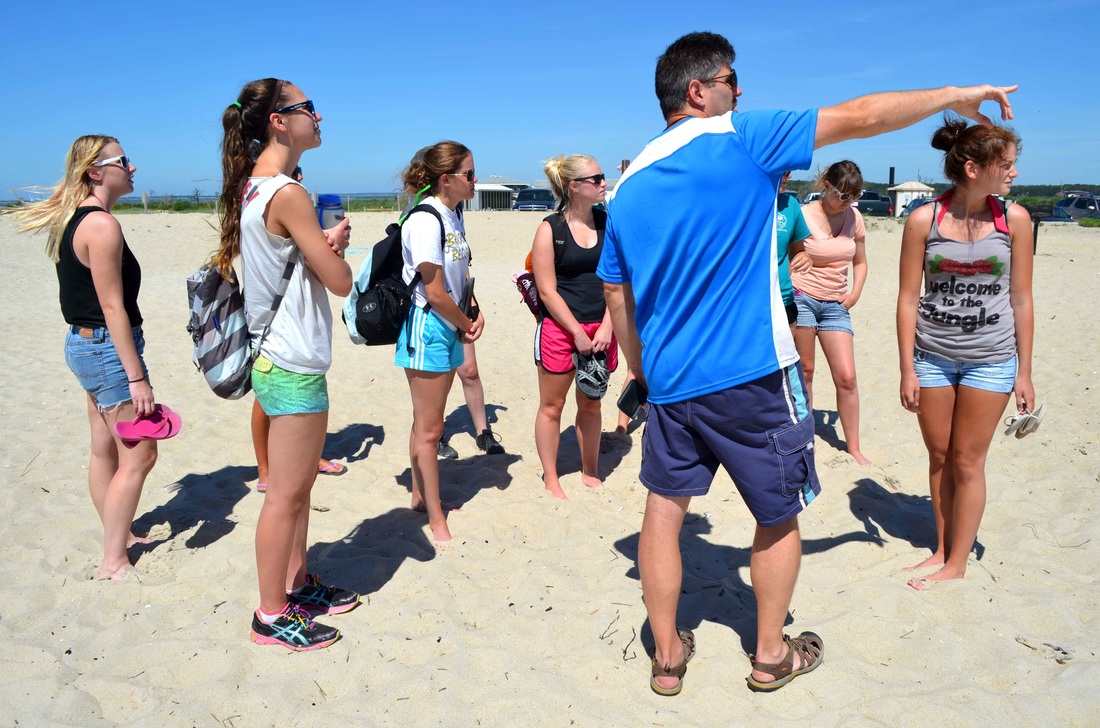
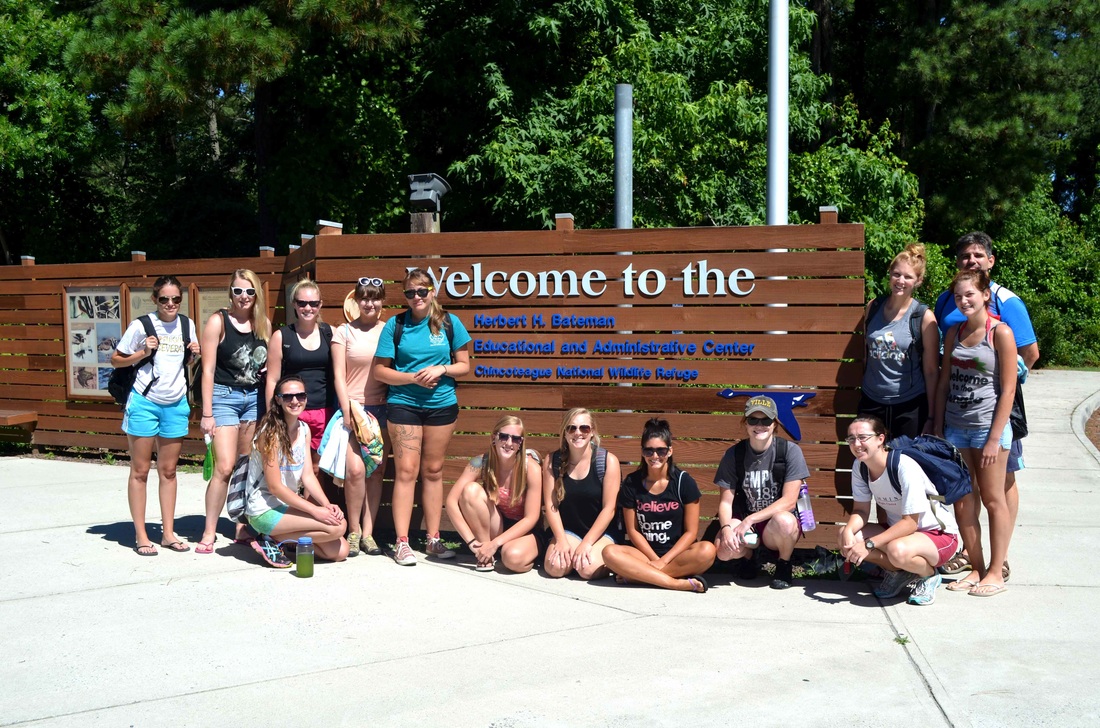
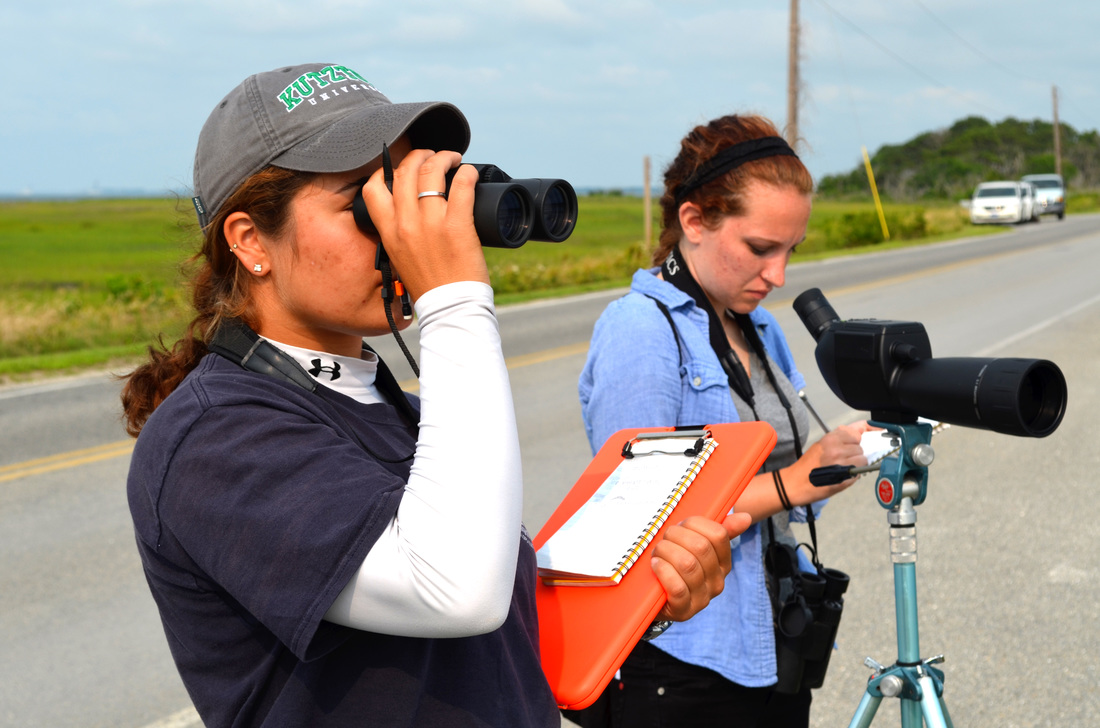
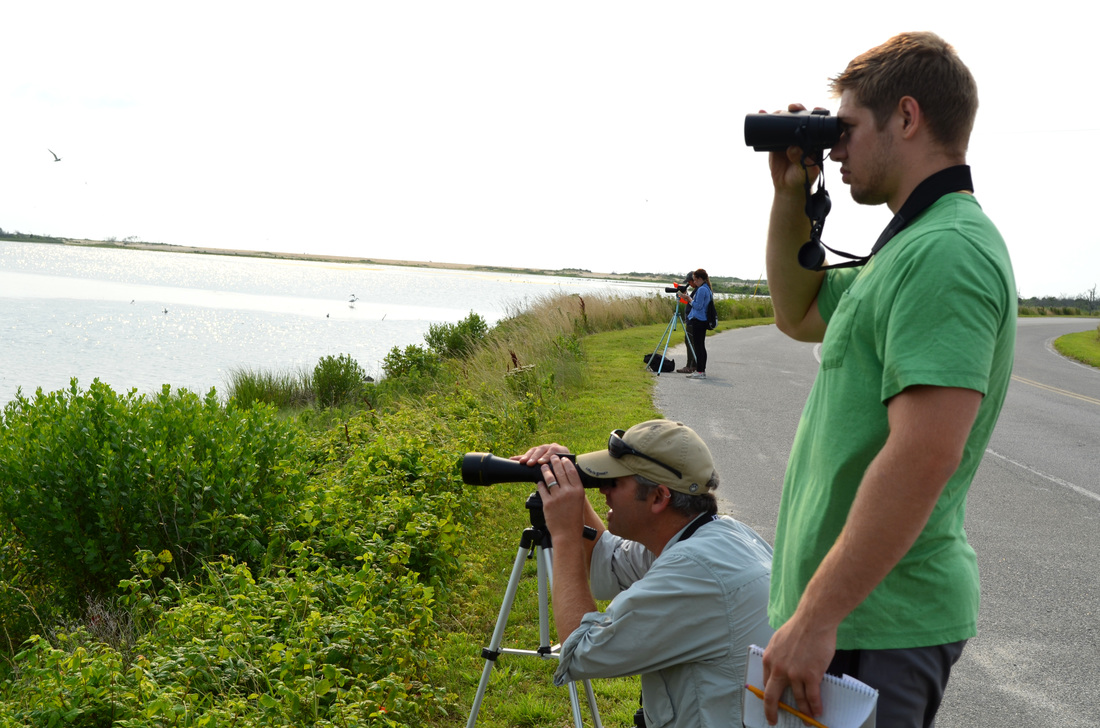
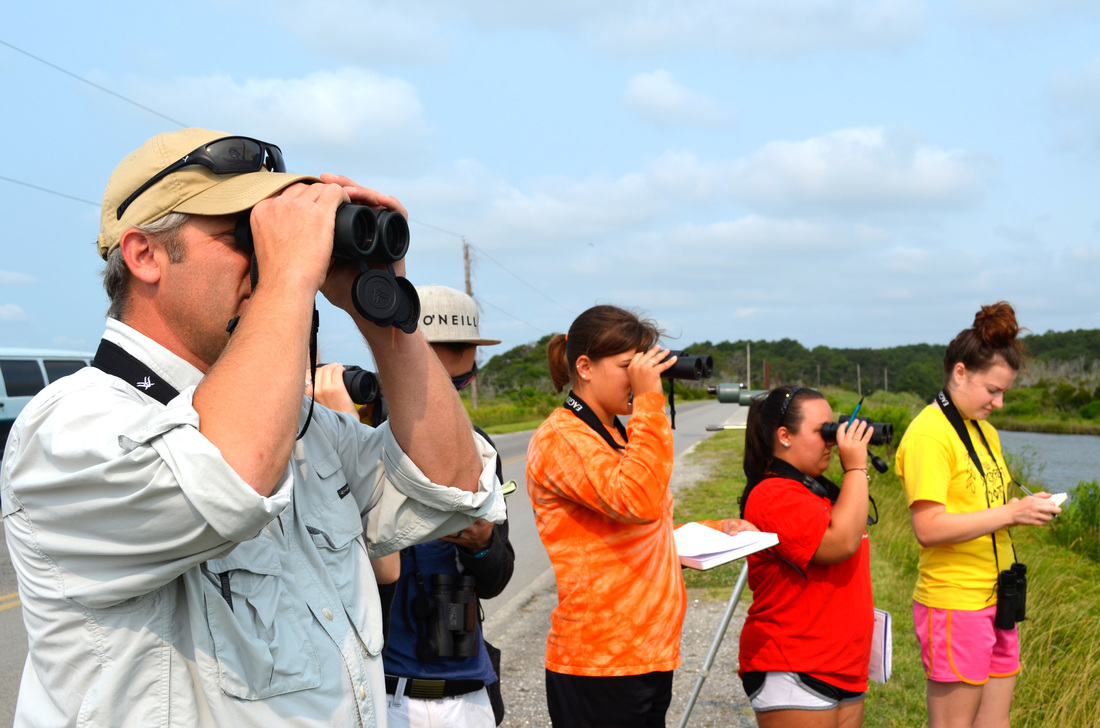
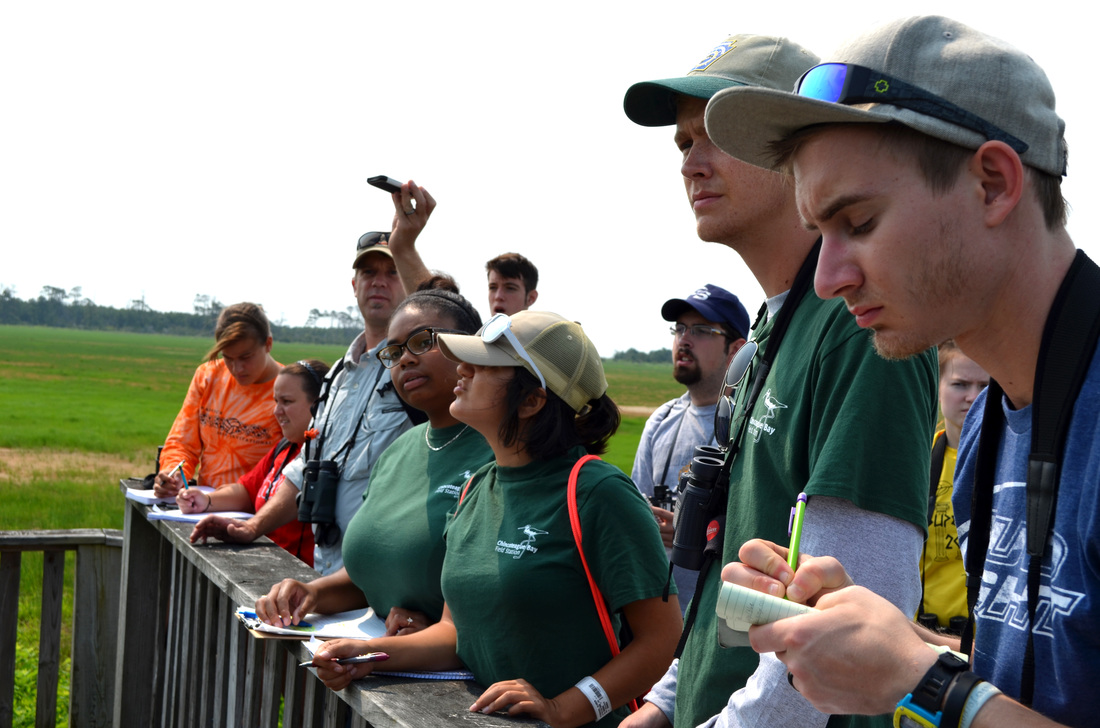
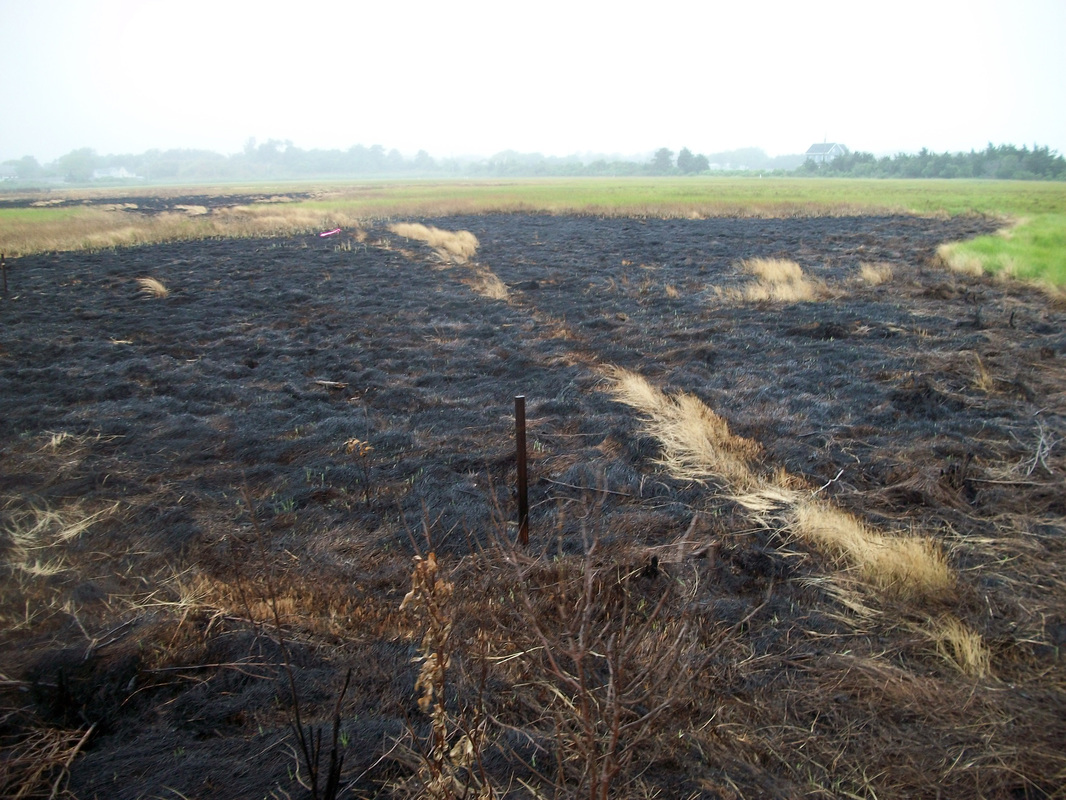
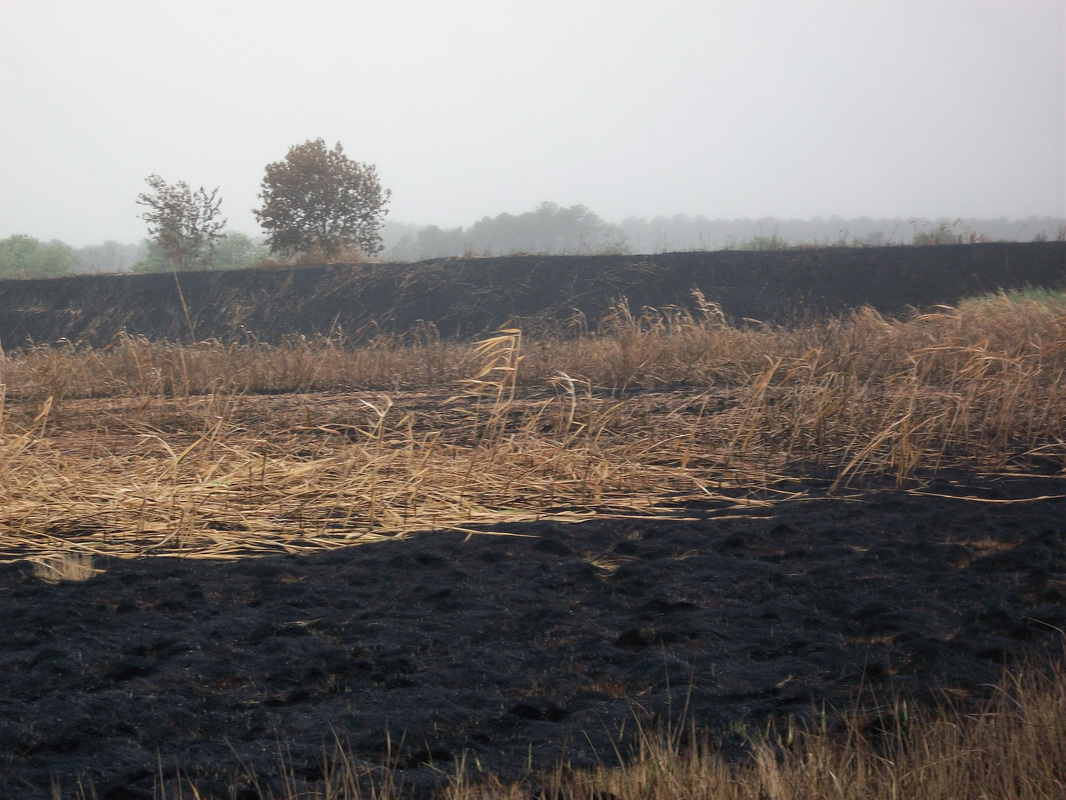
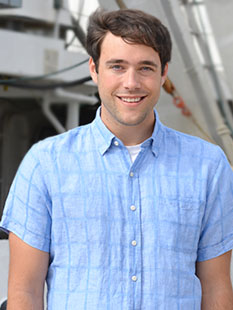
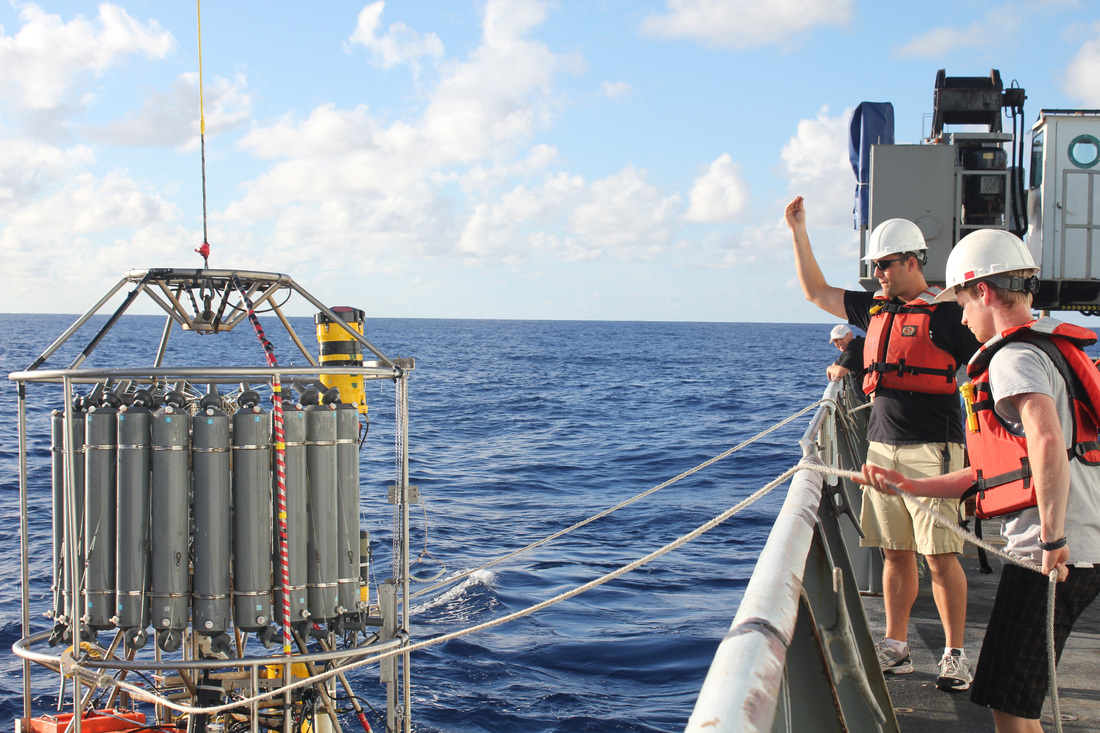
 RSS Feed
RSS Feed

